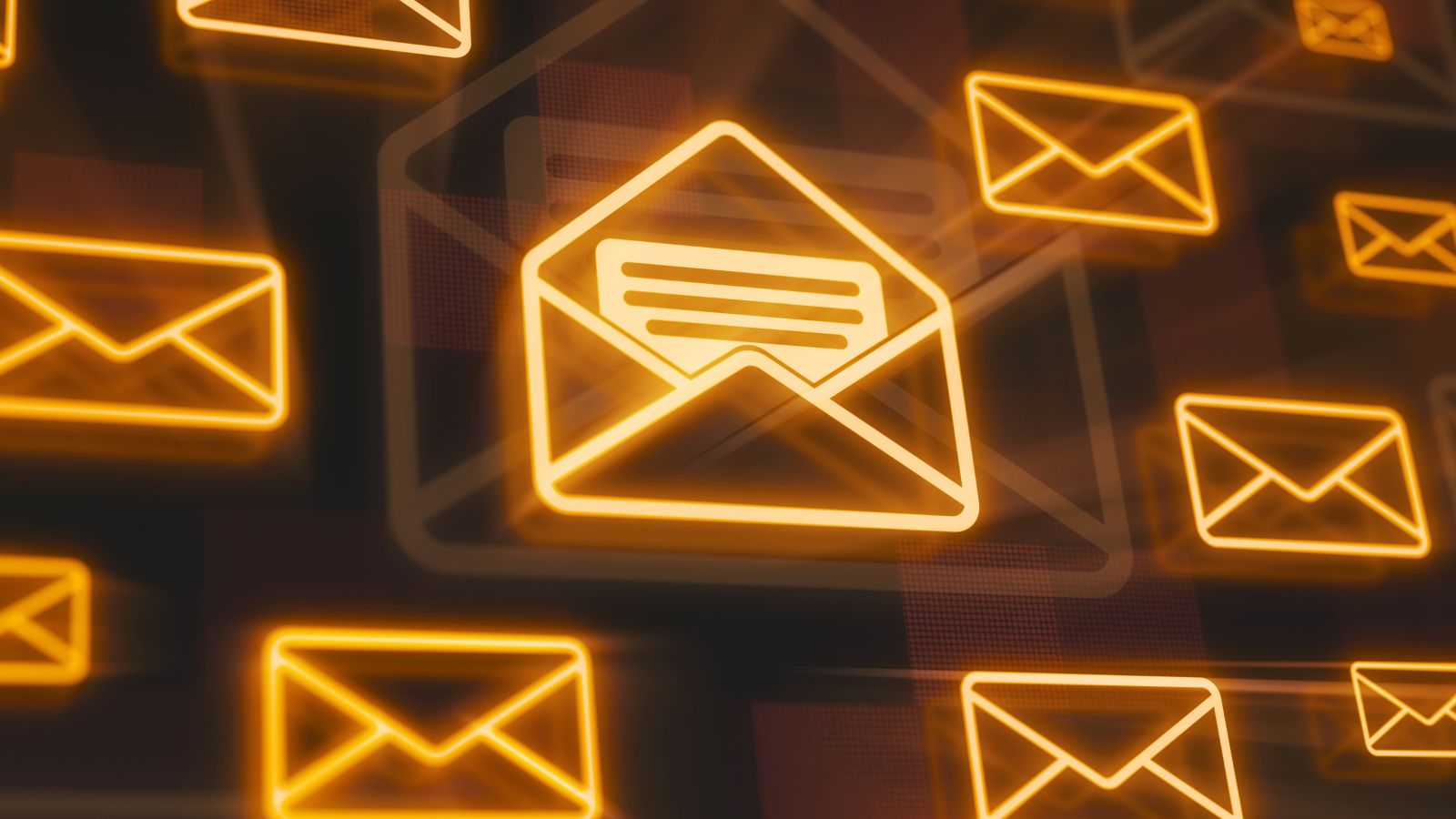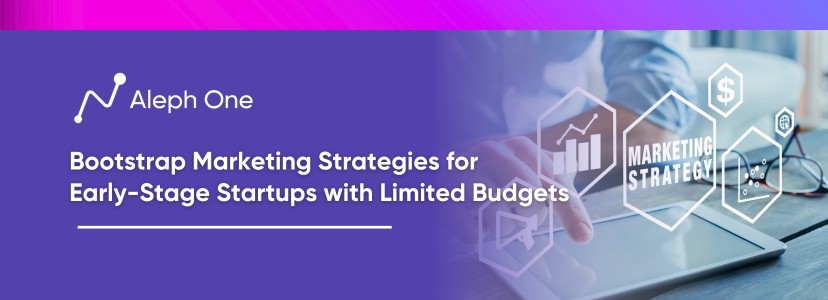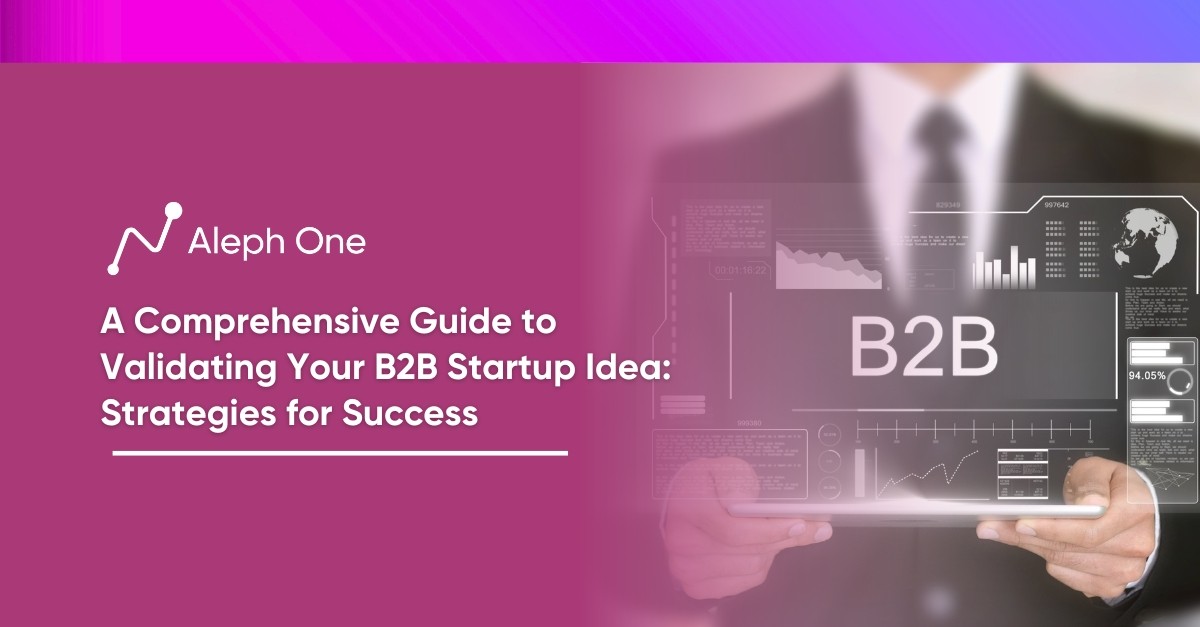Let’s work together to build something amazing. Share your project details and our team will reply to figure out the next steps to your success.

The success of bulk email campaigns relies heavily on having a clean and targeted email list. Gone are the days when marketers could rent or purchase email addresses, as modern spam laws render such practices ineffective and damaging to deliverability. To ensure a high-quality email list, it is essential to employ double opt-in signup forms, where subscribers must confirm their email addresses before being added. Regular list hygiene is crucial, involving the removal of invalid, unengaged, or spam-trap email addresses. Additionally, segmenting the list based on subscriber interests and engagement levels and monitoring email engagement metrics are essential strategies for achieving maximum deliverability. By following these practices, marketers can build engaged reader lists, sending 20,000 or more emails directly to subscribers’ inboxes daily.

Build a Squeaky Clean Email List: The Foundation of Deliverability
The most crucial factor for sending bulk emails successfully is having a clean, targeted email list. Your list should only contain subscribers who have actively opted in to receive your messages. In the past, marketers often built lists by renting or purchasing email addresses, but with modern spam laws, this approach will only lead to poor deliverability and spam complaints.
Double Opt-in Signup Forms
Use double opt-in signup forms on your website and landing pages to build a high-quality email list. With double opt-in, subscribers must confirm their email address before being added to your list. This helps ensure you capture only genuinely interested readers and avoids spam trap accounts. As your list grows, perform regular list hygiene by removing any invalid, unengaged, or spam-trap email addresses. It’s also a good idea to send re-engagement campaigns to inactive subscribers to confirm they still wish to receive your emails before removing them.
Keep Your List Segmented
Keep your list segmented based on subscriber interests and engagement levels. Know how your subscribers will want to receive the same types of messages or frequency of emails. Segment your subscribers into groups for product updates, blog posts, promotions, and newsletters.
Monitor Email Engagement
Monitor your email engagement metrics regularly to ensure maximum deliverability. Monitor factors like open rates, click rates, bounces, spam reports, and unsubscribes. Any metrics showing a negative trend may indicate issues with your content, targeting, or other factors that could help your deliverability if you are more optimized. Make changes to your email program based on the insights from your metrics.
A clean, targeted email list is the foundation for successful email marketing. By using double opt-in, regularly cleaning your list, segmenting subscribers, monitoring metrics, and optimizing based on feedback, you can build a list of engaged readers and achieve maximum inbox placement for your bulk email campaigns.
Craft Compelling Content: What You Say Matters
The content of your emails is one of the most critical factors in determining whether subscribers engage with your messages or hit the spam button. Boring, salesy content will only damage your deliverability and list engagement. To craft content that subscribers will want to open and read:
Use a Personal Tone
Write in a friendly, conversational tone, like talking to a friend. Say “you” and “we” and speak directly to readers. A personal tone helps to build a connection with subscribers and keeps them engaged.
Tell Stories
Share customer stories and case studies to illustrate your key points. Stories are highly engaging and help create emotion. For example, a story about a customer solving a problem or achieving success using your product or service.
Generate Emotion
Emotional content leads to higher open and click rates. For example, share an exciting new product launch or achievement, or use humor to give readers a laugh. Avoid negative emotions that could damage your brand image.
Highlight Scarcity
Mention limited time offers, remaining inventory, or closing deadlines to create a sense of urgency. But only use scarcity for special promotions, only for some emails. For example, “Only two days left to get 25% off – sale ends Friday!”
Keep it Concise
While stories and emotions are important, keep your content Concise and avoid lengthy, wordy emails. Get to the point within the first paragraph and keep paragraphs and sentences short and scannable. Your readers should be able to grasp your crucial message quickly.
Following these content techniques and taking inspiration from successful brands will help you to craft emails your subscribers will love to open and read. But avoid coming across as too salesy, and ensure the content is valuable to your readers. With the right content, you’ll boost engagement, build trust, and keep your emails out of the spam box.
Design for Readers, Not Spammers
A clean, simple email design is crucial for engagement and deliverability. Your subscribers have busy inboxes, so your emails must be scannable and easily read on both desktop and mobile. Focus on a minimal design with a clear content hierarchy to highlight your most important messages.
Grab Readers With The Subject Line
Use an attention-grabbing subject line that speaks to your readers’ interests or needs. Your subject line is the first thing subscribers see, so spend time crafting one that will compel them to open your email. Keep preview text short but compelling, highlighting the critical benefit or call to action you want readers to see.
Include Images
Include images to break up text and draw the eye, but don’t overload the email with too many images or large file sizes that will slow load times. Choose a single eye-catching image to represent your key message or product. Use responsive design for the best results across all devices and clients so your email looks great no matter how it’s opened.
Social Sharing Buttons
Add social sharing buttons so subscribers can easily share your content on social media. But don’t make social sharing the primary call to action, as many subscribers may not use the buttons. Focus first on the action you want readers to take directly in the email before sharing.
Avoid Spammy Design
A spammy design is one of the fastest ways to damage your deliverability and lose your readers’ trust. Avoid spam triggers like all caps, excessive exclamation points, links without context, flashing images, and false scarcity claims. Your content and offers should be genuinely helpful and valuable to your readers.
To build familiarity, Keep your design consistent from email to email. Use the same logo, color scheme, layout framework, and types of content in each newsletter. But also test different versions to see what resonates most with your audience. With an engaging yet trustworthy design and consistent optimization, you can send bulk emails that get opened, read, and clicked.
Choose an Email Service Provider That Fights for Deliverability
One of the most important decisions you’ll make as an email marketer is choosing an email service provider (ESP) that works to optimize your email deliverability. Your ESP acts as the middleman between your email campaigns and subscribers’ inboxes, so you need a service that vigilantly monitors issues that could trigger spam filters and hurt your delivery rates.
Find an ESP With Dedicated IPs
Look for an ESP with dedicated IP addresses, spam testing tools, blacklist monitoring, and feedback loops. Dedicated IPs give your account a unique sending identity, which helps build a good reputation. Spam testing tools allow you to check how your emails perform against common spam filters before launch. Blacklist monitoring alerts you if your IP address ends up on a spam blacklist so you can take swift action. Feedback loops automatically gather spam reports and unsubscribe requests to keep your list clean.
Mailchimp, Drip, and ActiveCampaign
Some top ESPs like MailChimp, Drip, and ActiveCampaign offer built-in deliverability monitoring and optimization features. For example, MailChimp uses a proprietary spam testing tool to check emails against significant spam filters and provides 24/7 blacklist monitoring and alerts. Drip and ActiveCampaign offer similar protections through partnerships with significant deliverability vendors. While ESPs do not guarantee 100% inbox placement (no one can), choosing a service focusing on deliverability will significantly increase your chances of success.
Deliver Your Emails with ESPs
Deliverability is an ongoing battle as spam filters and laws constantly evolve. An ESP that stays on the cutting edge of deliverability best practices will serve you well. They can make behind-the-scenes changes to keep your emails landing in the inbox even as the email landscape changes. They may need to adjust their spam testing tools, update their IP warm-up processes, or tweak other technical aspects of their service to maintain strong deliverability rates for customers. An ESP with deliverability experts on staff who invests heavily in continuous deliverability improvements will be your best ally.
Your email service provider greatly impacts your deliverability and inbox placement. Choose an ESP that treats deliverability as a top priority, not just an afterthought. Look for dedicated features and resources to optimize your email campaigns for the highest inbox rates possible.
Always Be Testing
Constant testing is critical to maximizing email deliverability and engagement. You should be continuously A/B testing different components of your email campaigns, including:
Subject Lines
Test 2-3 different subject lines to see which one gets the highest open rates. Even small changes like rewording or reordering words can make a difference. Over time, you’ll improve at writing subject lines that resonate most with your subscribers.
Content
Test different content variations, like headlines, images, call-to-action buttons, etc. See what content and messaging sparks the most interest from your subscribers. Testing content is key to keeping your emails fresh and optimizing engagement.
From Names
Depending on your audience and industry, a personal name, company name, or even no name may get the best open rates. Test a few options to determine what resonates most with your subscribers.
Send Times
Most ESPs allow you to test different send days and times to determine when your subscribers will likely open and engage with your emails. Weekday mornings and mid-days often work well, but test to confirm.
Design
Try different layouts, images, colors, buttons, etc., to optimize open and click rates. Even minor design changes can significantly impact how your emails perform. Test thoroughly, but do not introduce a “spammy” look.
A/B Testing
Constant testing required creating multiple email variations manually, sending them to segmented subscriber lists, and then analyzing the data to determine the winners. However, most ESPs now provide robust A/B testing tools that simplify the process. You can easily create different versions of your emails, specify the percentage of subscribers who receive each variation, and view side-by-side reports to see which versions come out on top for key metrics like open rates, click rates, and revenue.
Ongoing testing is the key to maximizing deliverability and engagement. While it does require time and effort, the insights you gain into what resonates most with your subscribers are invaluable. Regular testing enables you to craft emails that cut through the clutter and drive real business results.
Monitor Your Metrics and Make Changes
The work isn’t done once your email campaign is up and running. You need to monitor key metrics to ensure maximum deliverability and engagement closely. Metrics like open rates, click rates, bounces, spam reports, and unsubscribes provide insights into how your subscribers interact with your emails.
Open and Click Rates
Open and click rates show how compelling your content and subject lines are. If these rates remain high over time, it may indicate your needs to be more consistent or less relevant. Consider refreshing your content, using a new format like video or interactive content, or testing new subject lines.
Bounce Rates
Bounce rates indicate delivery issues, with “hard bounces” meaning the email address is invalid and “soft bounces” pointing to a temporary problem like a full inbox. High bounce rates hurt your deliverability, so address the root cause. For hard bounces, remove the email from your list. For soft bounces, you may want to re-engage the subscriber to get them to whitelist your email or clear out their inbox.
Check Spam Reports
Spam reports and unsubscribes also negatively impact your deliverability and should be addressed promptly. When someone reports your email as spam or unsubscribes, remove them from your list immediately. Then re-examine your content and email design to determine how to improve relevancy for your target audience.
Monitory on a Weekly Basis
By monitoring metrics regularly—at least weekly for an active campaign—you can quickly catch any issues and make adjustments to optimize your performance. Work with your email service provider to set up customized reports that provide an at-a-glance view of your key metrics.
Analytic Tools
Many ESPs also offer advanced analytics that provides insights into which content and design elements resonate most with your subscribers. Use tools like click-through tracking, heat mapping, and conversion tracking to determine how people engage with your emails and which calls-to-action are most effective. Then refine your content and design to maximize the impact of future emails.
The Key to Avoiding Spam and Sending Emails to Subscribers
With regular monitoring and optimization, you can achieve and maintain high open and click rates, low bounce and spam rates, and maximum inbox placement. And that is the key to sending 20,000 emails daily without hitting the spam folder.
Get the latest news and updates from Aleph One in your inbox.



